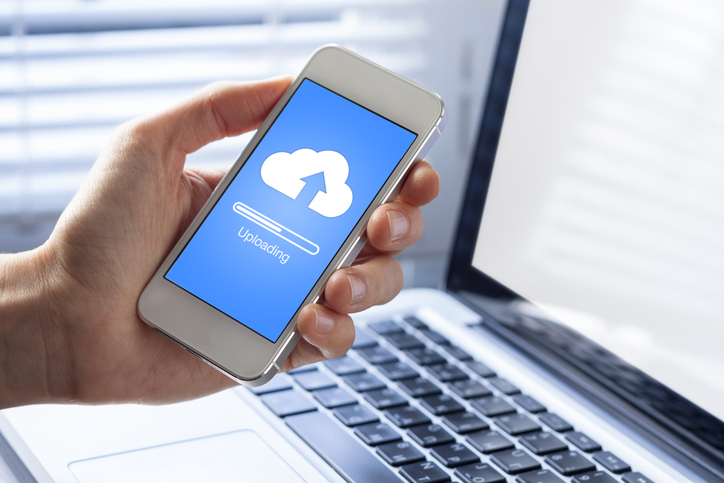Ever feel like your data bundle isn’t lasting quite as long as it should? It could be a simple setting that’s quietly chewing through your data. Find what’s draining your data, and make the most of your bundles.
1. WhatsApp Media Files
We’re just going to say it: those “Forwarded Many Times” fake news videos that your Mom sends on the family group are killing your data. Don’t believe us? Open WhatsApp, go to Settings, and under “Storage and data”, tap on “Manage storage”. See all those video files that are larger than 5 MB? Chances are, there are several hundred MB of files sitting there… and most of them downloaded via your mobile data bundle while you were on the go.
Save data by: Changing the “Media auto-download” setting from “Wi-Fi and cellular” to “Wi-Fi”. You’ll still be notified when the media is sent to you, but the file won’t download unless you request it.
2. Automatic App Updates
Many of the apps that make your smartphone so useful take up a lot of data – and when a new version lands, you could be looking at a few hundred MB to install the update. If you’re not careful, that could all happen over mobile data – and if your phone is downloading, say, three updates of 350 MB each, that’s a whole Gig of data gone before you know it.
Save data by: Going into your App Store or Play Store settings and either disabling automatic downloads or setting your updates to “Only over Wi-Fi”.

3. Background App Refreshes
Background app refresh is a clever little setting that automatically updates and checks for new content in your apps, even when you’re not actively using them. This is both great (in that you won’t miss any texts, voice notes or emails) and not great (in that it chows through your data). A single app won’t use a lot of data on its own, but the cumulative effect of multiple apps running in the background can add up to a lot of lost data.
Save data by: Disabling background app refresh for all non-essential apps. You can also try Data Saver Mode or the Restrict Background Data setting in some individual apps. This will help to ensure your apps only update in the background when you’re in a Wi-Fi area.
4. Cloud Syncing
As you’ll have noticed by now, your smartphone is downloading a ton of stuff without you knowing about it. It’s uploading a fair amount, too. Many Cloud-based services (like Google Photos, iCloud, OneDrive, etc) are configured by default to automatically sync data as it’s created, regardless of your Wi-Fi connection. This can seriously drain your data, especially if you’re syncing large files like photos and videos.
Save data by… setting your in-app backups and uploads to Wi-Fi only.
5. Location Services
Just to be clear: your mobile phone’s location services don’t use data, but the apps that use those location services do. And boy, can they use a lot of data – especially if it’s a map app. The more detailed the map, the more information it’ll download. When you then add things like real-time traffic updates, the data load becomes even greater. Location services are also notorious battery killers, depleting your phone’s power while you’re on the go.
Save data by: Either downloading maps for offline use, or quitting your mapping app when you’re not actively using it.
Controlling these functions will save you data. Discover more ways of being Datawyze by clicking here.
